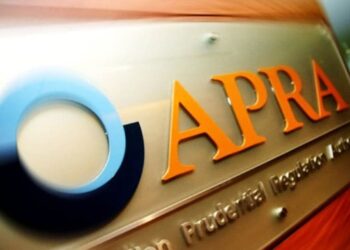Higher fees are charged by superannuation funds that have a higher allocation to riskier, less liquid asset classes, according to the Centre for International Finance and Regulation (CIFR).
A CIFR study found that hedge funds and private equity had the greatest impact on total fees, with increased allocations to these investments leading to higher fees being paid by fund members.
Corporate public sector funds were found to charge the lowest investment fees, followed by industry funds. Retail funds, on average, charged a higher fee than expected.
Leader of the research project, Andrew Ainsworth, said: “Fees are higher for risker assets and the returns are often greater as well. However, when you take into account the risk-adjusted performance, the benefits disappear”.
The study proposed that in addition to asset allocation details, super funds should also disclose:
- The returns earned for each asset class;
- The investment fee charged for each asset class; and
- The proportion of each asset class that is passively managed.
It said this would enable members to see where fees were eroding their account balances, and to make informed decisions as to whether the fees were worthy of the returns being generated.
“It’s important that members get a clear understanding of how their superannuation is being invested, where their returns are coming from and what fees they are incurring in the process,” Ainsworth said.
“However, investors should be cautious when making investment decisions based solely on fee levels as these are not necessarily indicative of the ability of superannuation funds.”




